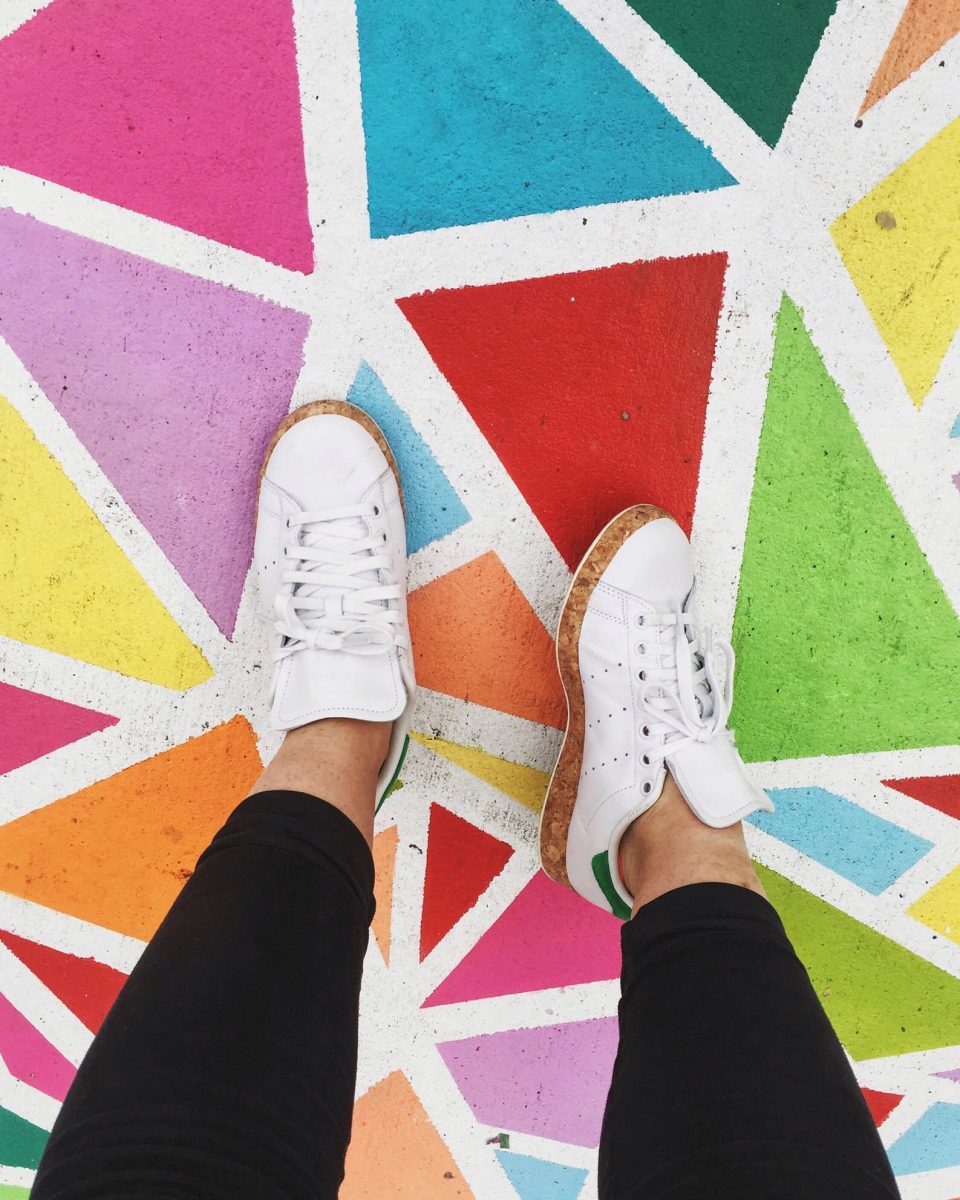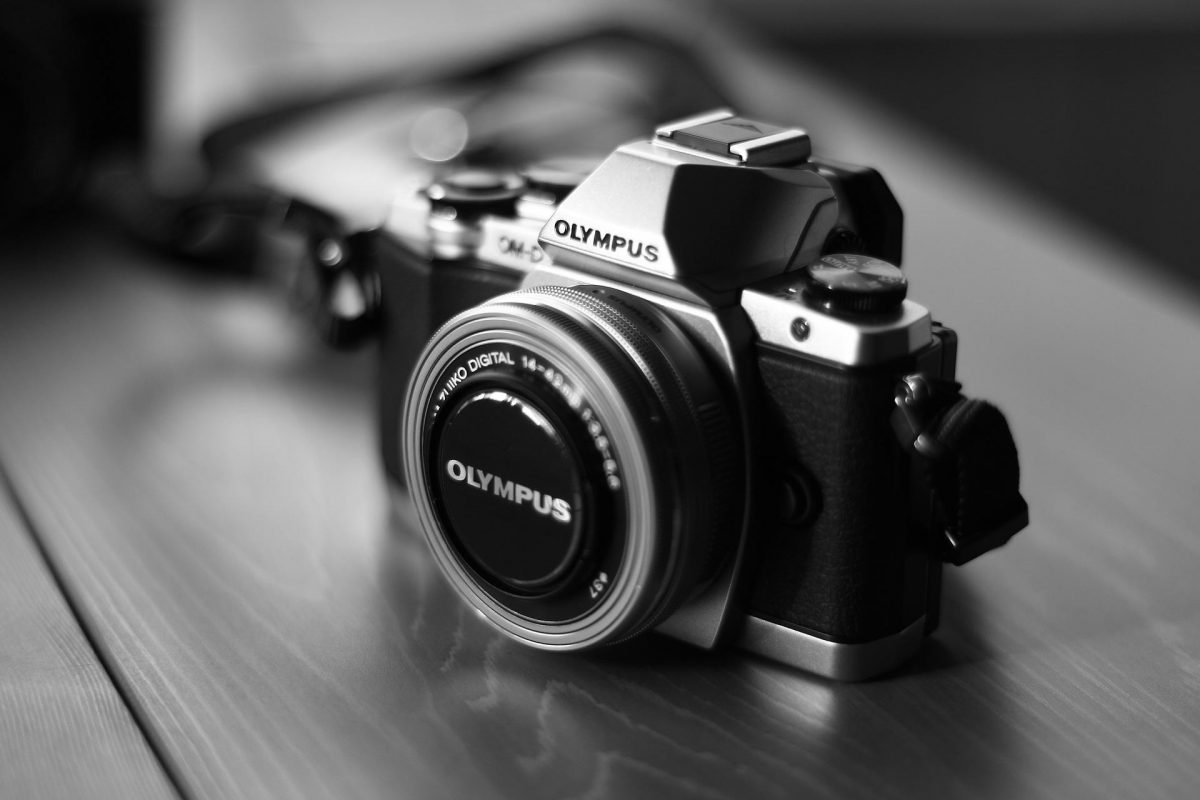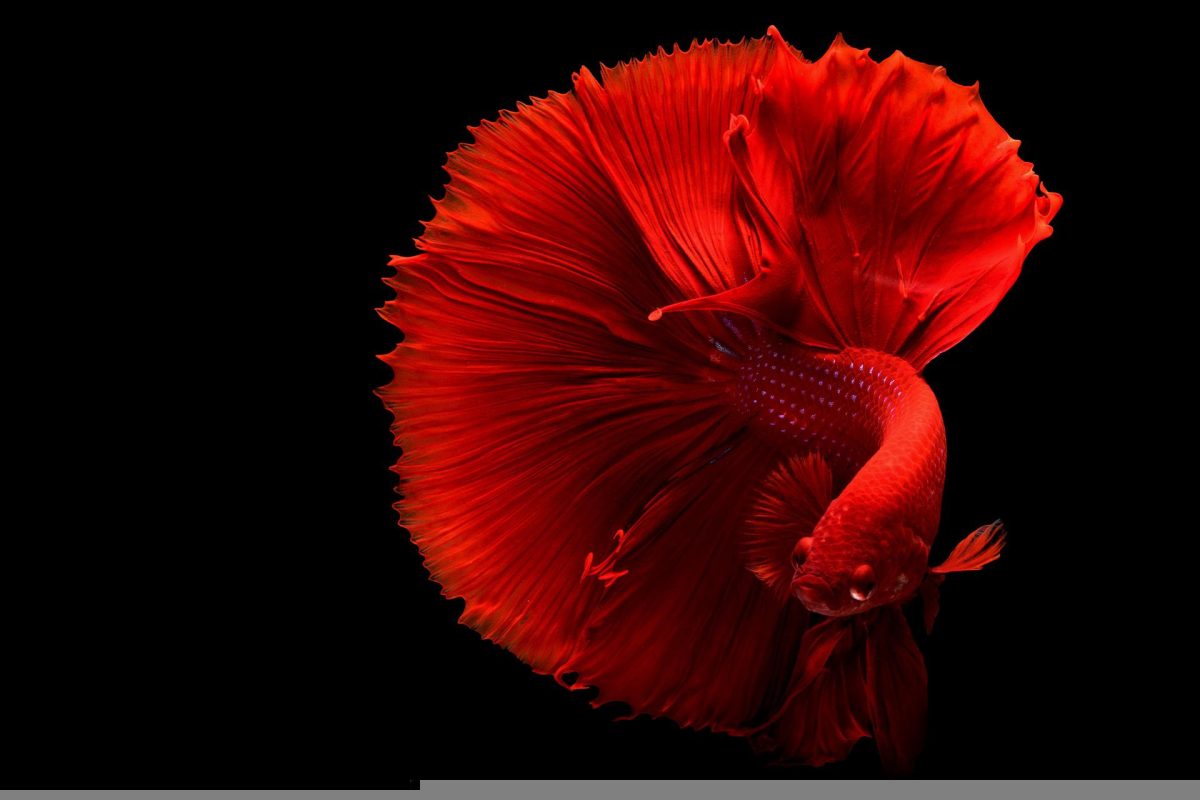We see color every day. The color of our furniture, foods, clothes, signs, and more. However, have you ever considered that each color could have its meaning and impact our psychology?
Psychology of color denotes how certain colors can influence people’s psychological functioning, such as moods and feelings. The way we choose or prefer certain color over the other is obtained by some aspects such as experience, culture, emotions, and social connotations.
Psychology of Color in Branding

Color has many roles in branding and marketing. It gives an identity to a certain brand. Choosing the right color can strengthen your brand and gain more audience to get connected to the brand.
People choose a design based on their liking, color preference, the color that will suit some occasion, etc. Thus, the product’s color becomes one of the decisive factors for buyers to buy the product.
A General Model of Color and Psychological Functioning

Eliot, Maier, et al., in their journal entitled “Current Directions in Psychological Science” (2007), classified how people perceive and react to certain colors into six:
- First, colors have their meaning to convey information to the receiver.
- Second, the meaning of colors comes from learned association. It can come from self-learning or responses to color stimuli.
- Third, colors generate evaluative processes. Thus, an individual can evaluate the meaning of color, whether it is hostile or hospitable.
- Fourth, the evaluative process leads to motivated behavior. When the stimuli of color are positive, it gives approach responses and vice versa.
- Fifth, the perception of color, meaning, and impact on an individual happen unconsciously.
- Sixth, each color has a distinct meaning according to a different context, such as culture, experience, thoughts, and behaviors.
3 Psychology of Color
Below are 3 meanings of colors in psychology in branding
Black

Black color can have two interpretations, negative and positive. In most countries, a black outfit is related to death. It is a social connotation where people wear black outfits to a funeral. However, the color of death in China is white.
Black also can be interpreted as attractiveness, elegance, and sophistication. The attractiveness level can increase when people dress in a black outfit. It can also give mysterious vibes to those who wear it.
People’s decision-making to choose a color they want to buy or wear a product can depend on their experience and mood. For people uncomfortable with the attention, black makes people less noticeable than wearing bright colors. It can suit people who love simplicity but still look elegant for a brand. Such as phones, speakers, dresses, shoes, glasses, etc.
The Meaning of Red Color

Red is a color that represents boldness, passion, and warmth. Women wearing a red dress and red lipstick can escalate their confidence.
The response to certain colors can be individual or universal. Red light is a universal sign that every human being understands they have to stop driving.
The color psychology of red is also associated with danger and warning signs. It can grab people’s attention to notify them about dangers or emergencies. For instance, sirens in ambulances or fire trucks are colored red.
In brand, this color can be useful as a warning sign, for example, a discount sign. A graphic designer can put a notification “sale 50% off” using red color to engage more audience to react with the brand and eventually buy the product.
Yellow

Yellow is a bright and eye-catching color. It is a color that easily grabs people’s attention. Moreover, this color can function to evoke moods. Some people feel cheerful when they see yellow, similar to the warmth of the bright sun or the autumn leaves.
In your product design, yellow can be suitable in a picture form rather than the color of the font. It can be too bright and make the eyes grow tired to read any written form in this color. Yellow is also a color for kids because it evokes their happy vibes.
In brief, there is more psychology of color and their meaning associated with different contexts in our lives. One of them is branding, how a graphic designer chooses a color for their brand to engage more audience and an audience to choose the color based on their personal preference, culture, and emotions. It is all related to color psychology.

One Comment